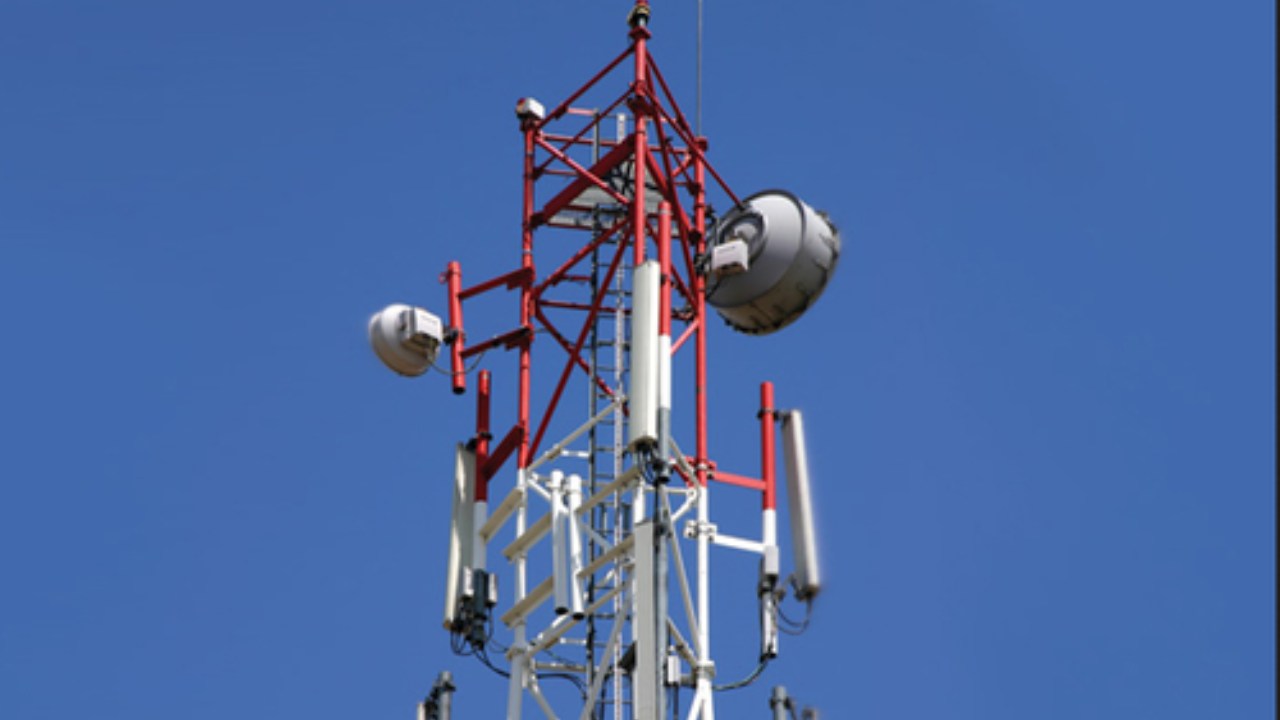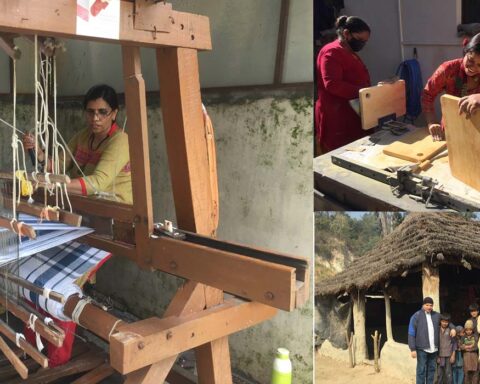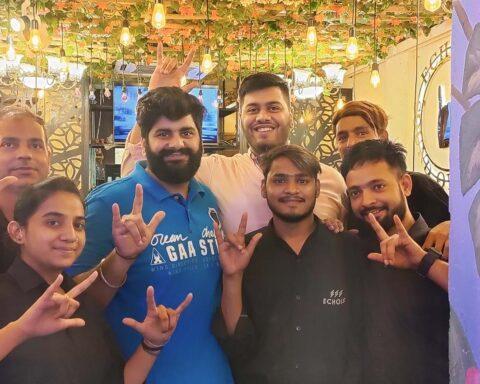Broadband India Forum (BIF), the leading independent think tank and policy forum for digital communications in the country, has urged the Department of Telecommunications (DoT) not to treat the E and V Bands, which are very significant for the 5G services in the country.
While welcoming the telecom department’s decision to auction the 5G spectrum, which begins from July 22, the BIF said that it was disappointed that both the bands are being treated similarly despite significant differences in their use cases and technical characteristics.
E and V bands are highly efficient and would play a significant role in improving the digital connectivity in the country. Auctioning of V band would mean that India would not only be going against all well-established international best practices followed over a decade, but also against our own independent regulator’s (Telecom Regulatory Authority of India) prudent recommendations made in this regard through the much acclaimed process of open public consultation, the BIF said.
The industry body pointed out that well-established international best practices followed in over 80 countries, as well as several TRAI recommendations have suggested that the V band be de-licensed in India. The lower portion of the V Band (57-66 GHz) is simply not suitable for backhaul as the oxygen attenuation is 100 times more than the adjacent frequencies and the signals die out much faster (100 times faster)—making the band unusable for access and backhaul, it said.
Nonetheless, this feature makes this lower V band extremely useful for technologies like Wi-Fi, Short Range Devices (SRDs) and other innovative applications. At the same time, the extended V band (66-71 GHz) that lies on the higher end of the spectrum and is not attenuated by oxygen absorption, can optimally enable medium and long-haul backhaul capabilities.
“BIF has always maintained that in order to make optimum use of the unique potential of the entire V band, the lower part of the V band (57-66 GHz) should be de-licensed for a number of consumer welfare applications and services viz. secondary broadband access via Wi-Fi, Short Range Devices (SRDs) and other innovative applications, while the upper part (66-71 GHz) may be licensed for backhaul purposes for TSPs/ISPs. This would ensure a fair and rational distribution of the V band amongst all stakeholders,” said the think tank in a statement.
If V band is assigned through auctions for exclusive use, it will force most of the spectrum to remain fallow (unused) because the higher attenuation of radio waves will make the band operationally unviable. They would need at least 100 times more towers to ensure comparable coverage for other assigned spectrum bands. Moreover, the regulatory and administrative cost of maintaining and monitoring the huge number of point-to-point links of much shorter length (few meters), would be prohibitive.
BIF is of the opinion that auctioning of the lower V band (57 – 66 GHz) would also deprive India of making significant progress in the various efficient use cases and applications of this band, such as in-building and in-campus Wi-Fi solutions, SRDs (Short Range Devices) used in medical diagnostics, RFID, telemetry and radar, etc.
BIF President, TV Ramachandran said, “As has been done in advanced and developed economies like Japan, Korea, Taiwan, Singapore and other countries, India should consider de-licensing of the 57-66 GHz part of the V band. It is imperative that we make optimum use of such highly potent available resources to augment capacities and nurture the existing ecosystem of digital connectivity based services.”
In India, wi-fi spectrum in 2.4 GHz and 5 GHz is de-licensed, and hence, the throughput of the wi-fi band is limited by the carrier size. De-licensed V band will expand this carrier bandwidth to 2.16 GHz (50 to 100 times) – making sure that Wi-Fi link does not become a bottleneck.
This would also enable full flexibility of usage by all stakeholders for a number of consumer centric applications, thereby maximizing consumer benefit.
The NTP-2018 (National Telecom Policy) also calls for providing 1 Gbps data connectivity to Gram Panchayats by 2020, and 10 Gbps by 2022 (10 to 100 times more than the current termination rate of 100 Mbps). This can only be made possible if sufficient bandwidth is made possible through the de-licensing of the lower V band, BIF said.

























